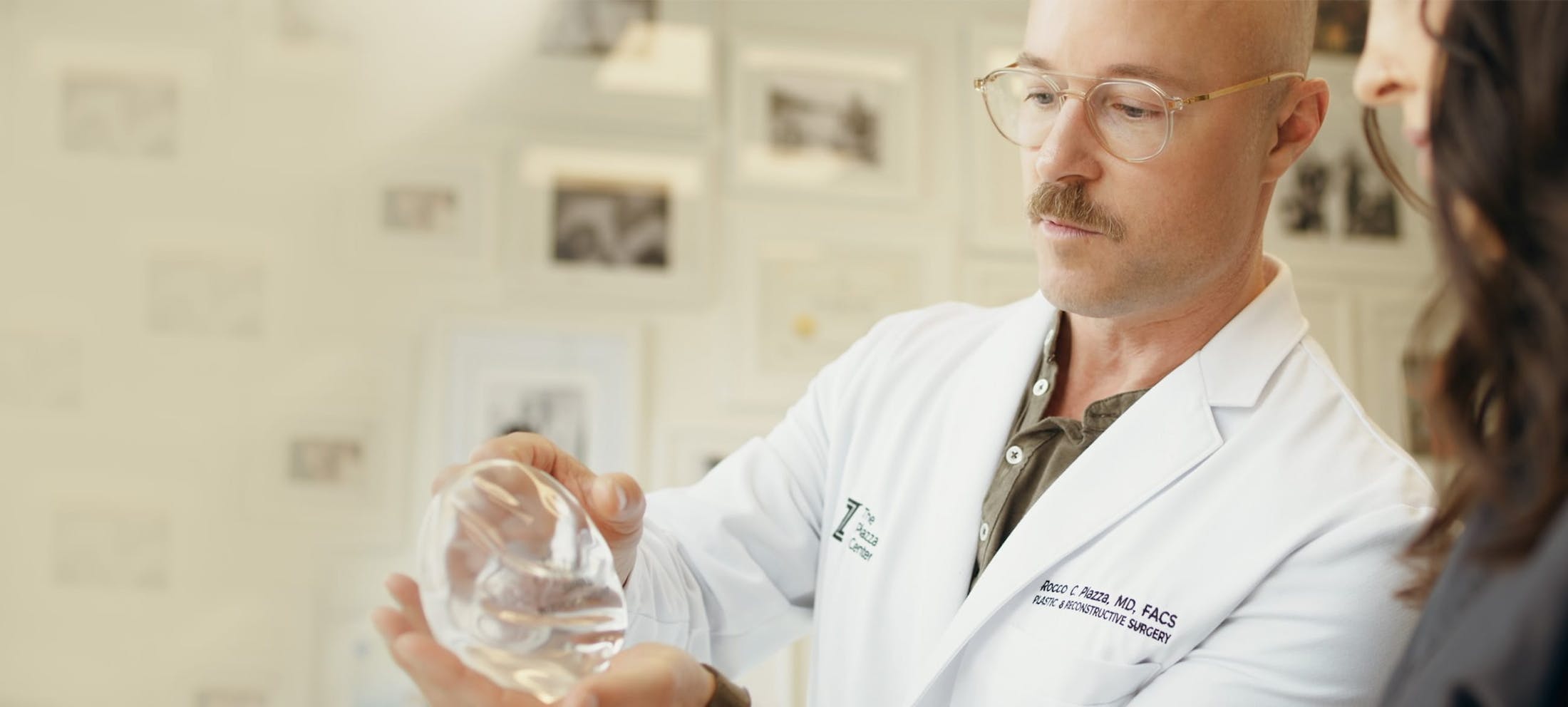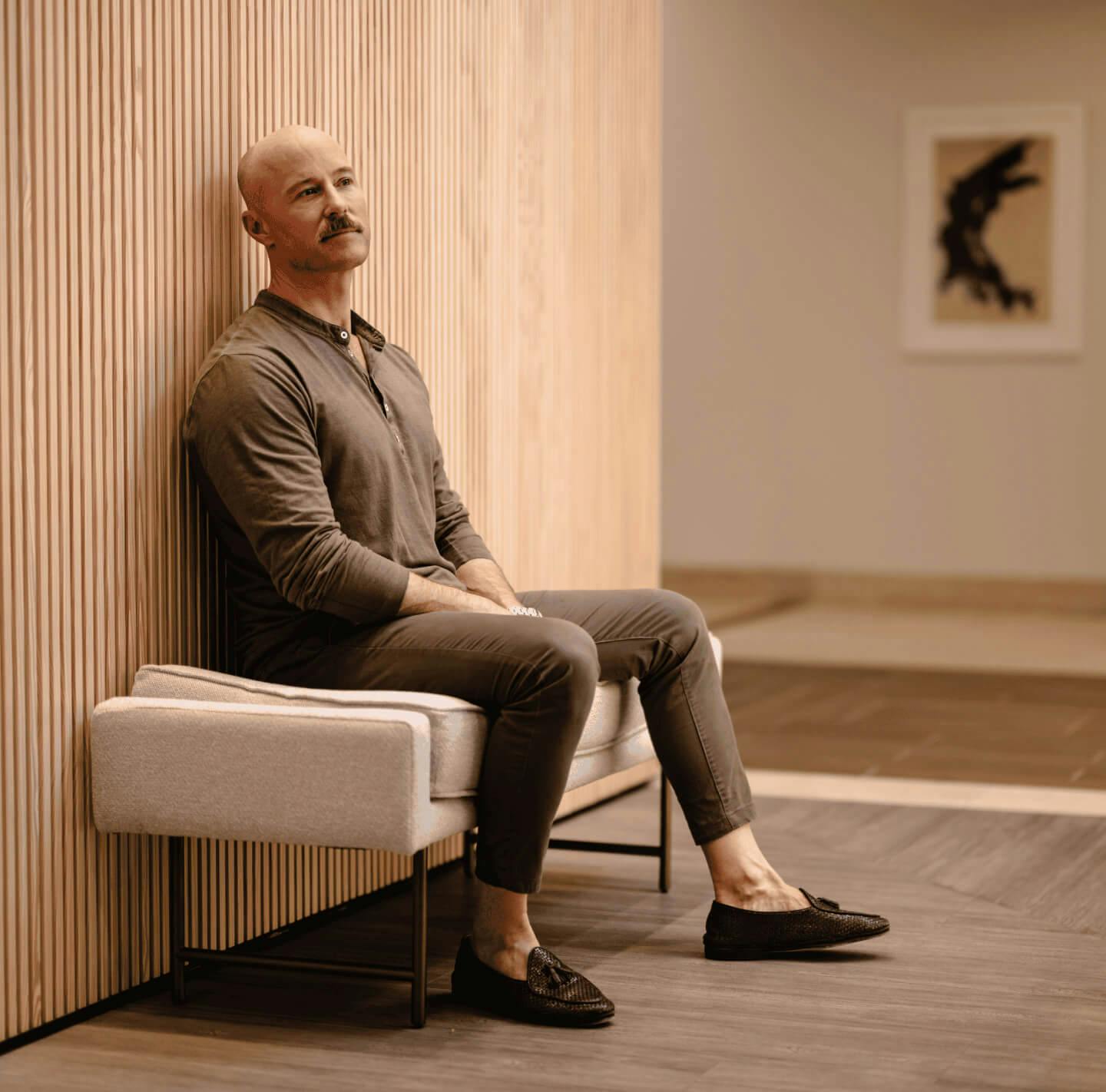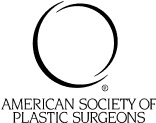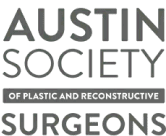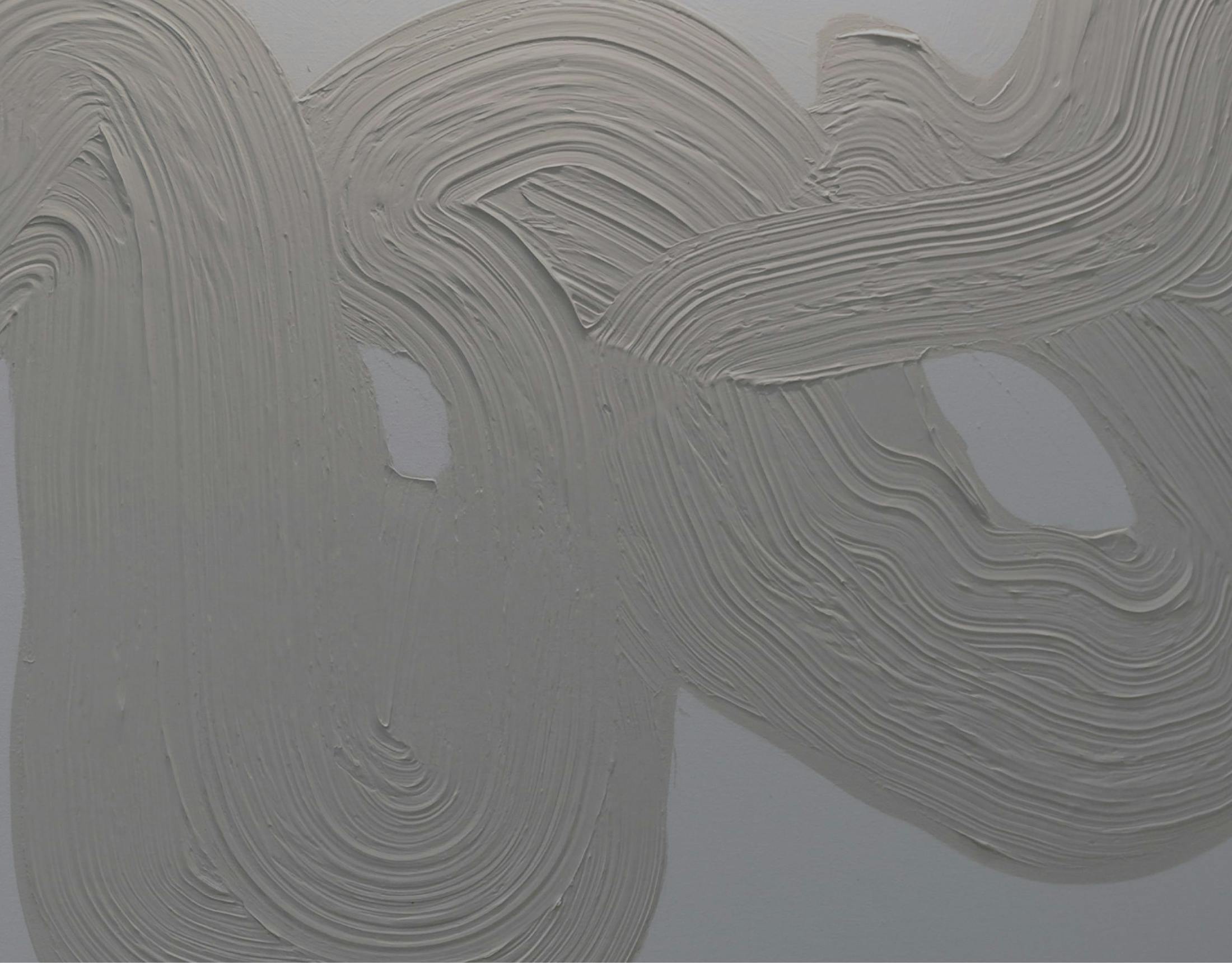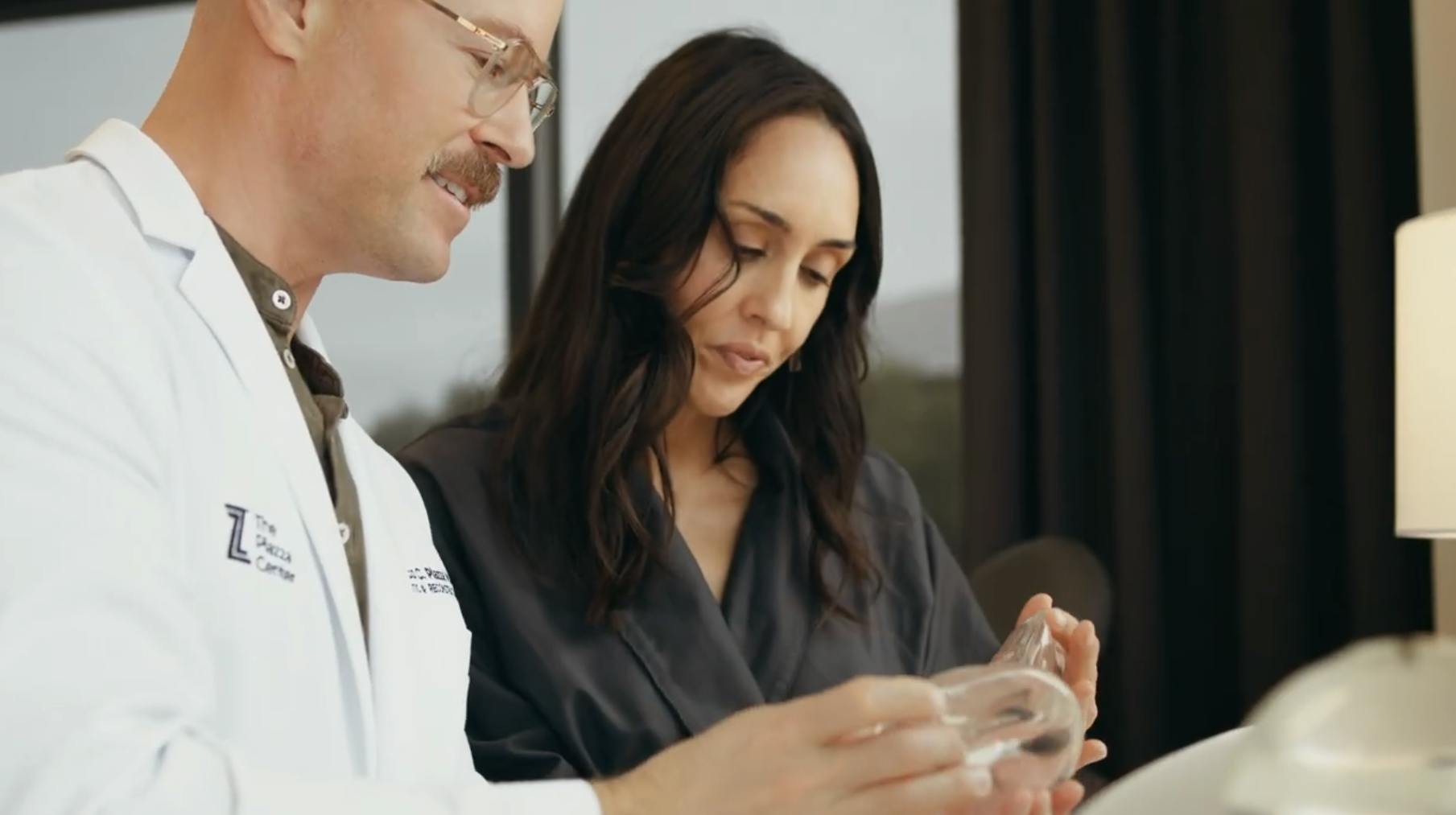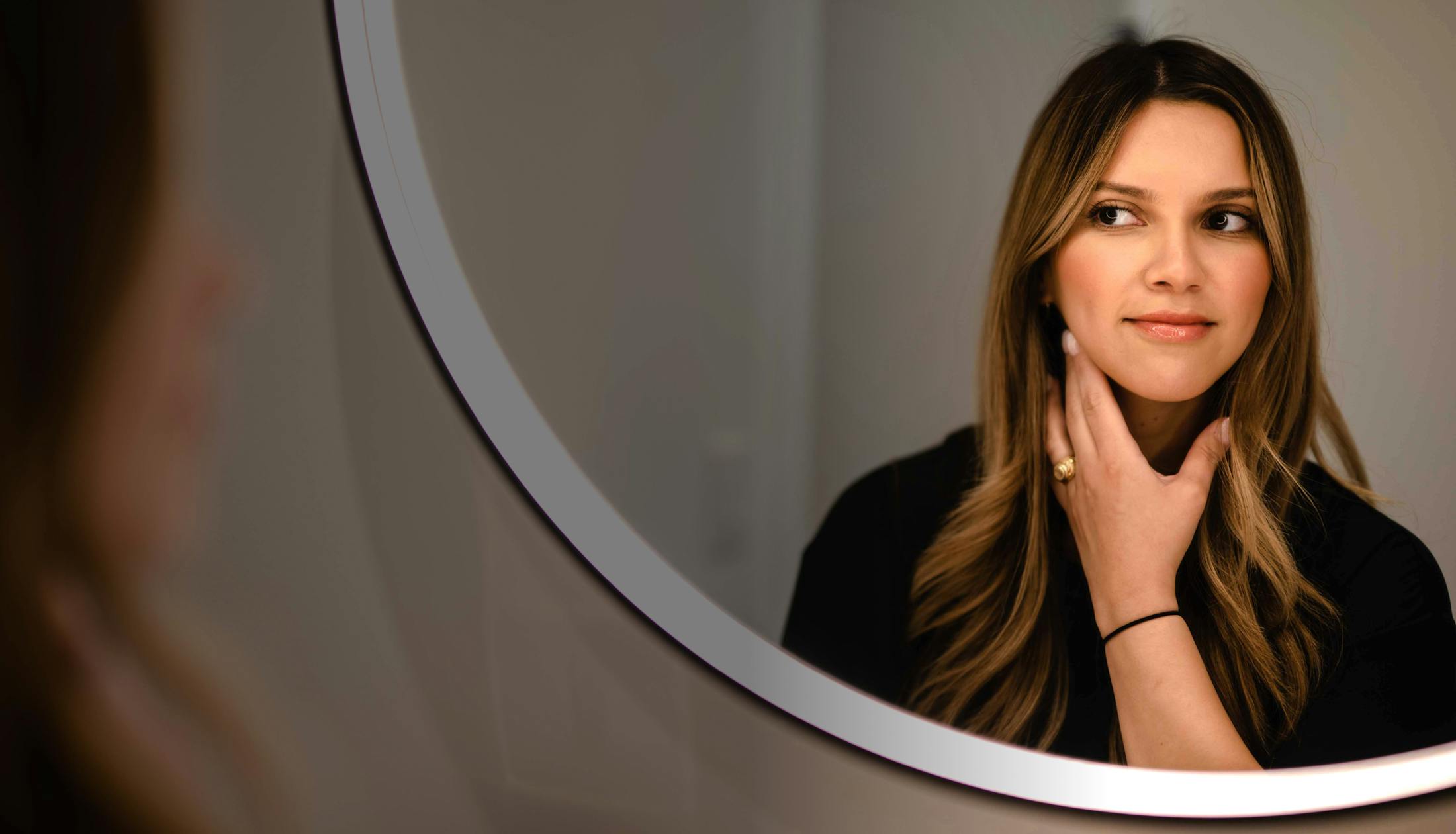Sometimes a change is needed for you to look and feel your best
Your Custom Procedure
Breast augmentation revision surgery can sometimes be a more involved procedure than the initial augmentation surgery. Dr. Piazza’s extensive training and experience enable him to create customized surgical plans based on a physical examination and the concerns you have about your breasts’ appearance.
